What is an Encoder: Understanding the Basics and Beyond
This article delves into the foundational concepts of encoders, their various types, recent advancements, seamless integration with modern systems, and how they are revolutionizing industries.
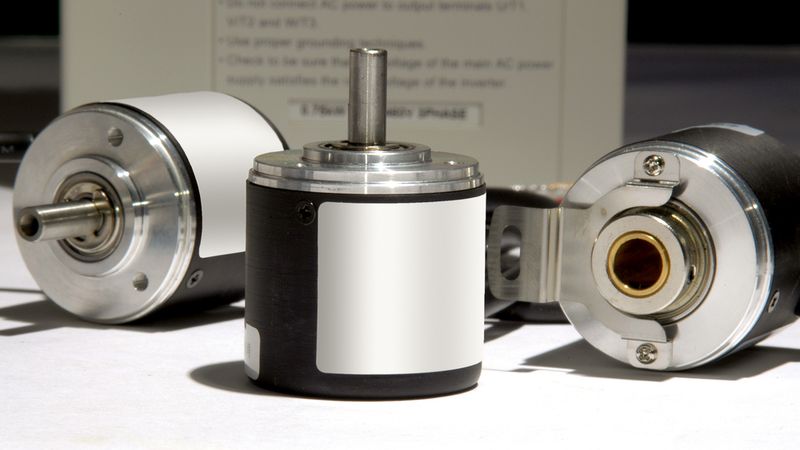
Industrial Incremental Encoders
Introduction
What is an encoder? The question often arises in digital electronics and signal processing. An encoder is a device that converts information from one format or code to another, typically transforming physical motion or position into a digital signal. This process is essential for standardization, speed, and compression in various technological applications. Encoders are fundamental in translating mechanical movements into readable electronic data, which is crucial for the precise control and automation of systems.
In the realm of modern technology, encoders are indispensable. They ensure precision and control in numerous applications, from industrial machinery to consumer electronics. This precision is vital for tasks that require high accuracy, such as assembly lines and surgical robots. In consumer electronics, encoders are found in devices like mice and keyboards, where they convert user actions into digital signals that computers can process, enhancing user experience and interaction.
Understanding encoders, however, goes beyond their basic function. What is an encoder in terms of its internal workings? There are various types, each employing different sensing technologies like optical, magnetic, or resistive. Furthermore, encoders are categorized as absolute or incremental, depending on their output signal. Still, curious about, what is an encoder? Let’s discover their foundational concepts, various types, and how they are revolutionizing industries!
Foundational Concepts of Encoders
What is an Encoder?
An encoder is a device that converts data from one format to another, primarily for compatibility and processing efficiency. It plays a critical role in various technological fields, from digital electronics to data communication systems.
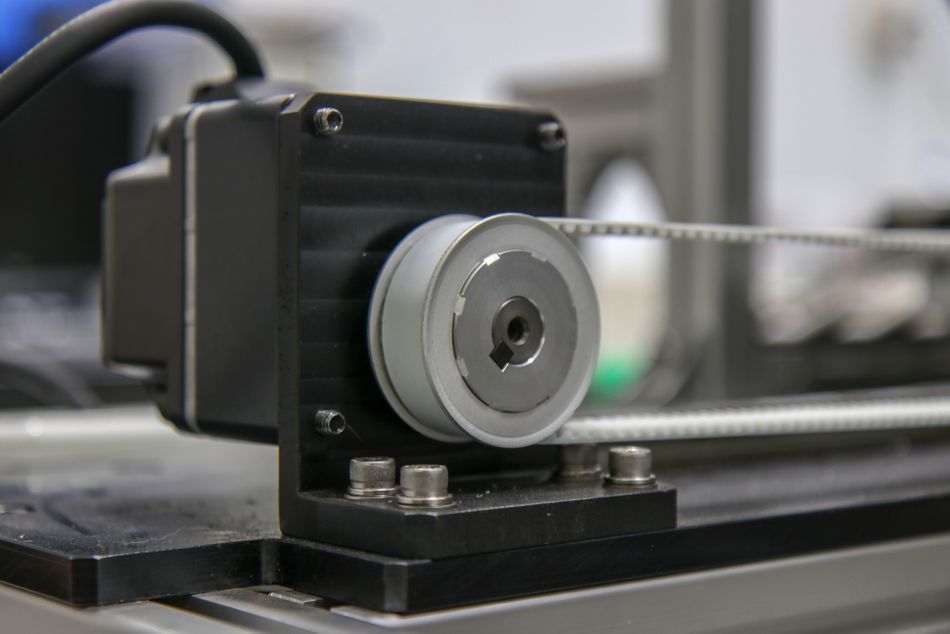
In automation and motion control systems, encoders serve as the eyes that translate physical movement into a usable electrical signal. They are essentially transducers that convert mechanical motion, such as rotation or linear displacement, into an electrical signal. [1] This signal can then be interpreted by a control system to determine critical information about the movement, including:
Position: Encoders provide an accurate measurement of the current position of a shaft, axis, or other moving component.
Speed: By analyzing the rate of change in the output signal of the encoder, the control system can determine the speed of the movement.
Direction: The output also indicates whether the movement is clockwise or counter-clockwise for rotary encoders, or forward and backward for linear encoders.
The key components of an encoder depend on the type and function of the encoder, but generally fall into three main categories:
Sensing Element: This is the component responsible for detecting the physical motion and converting it into an electrical signal.
Signal Converter: This is the element that physically translates the detected movement into an electrical signal.
Output Interface: This circuitry processes the raw signal from the sensor, and communicates it to the control system.
Technical specifications of encoders include:
Resolution: The smallest movement the encoder can detect, typically measured in counts per revolution (CPR) for rotary encoders or counts per inch (CPI) for linear encoders. [2]
Accuracy: The degree to which the measured position corresponds to the actual position.
Signal Types: Encoders can output various signal types, such as digital pulses, analogue signals, or serial data. Normally, they use a synchronous serial interface (SSI) to transmit their position data to a controlling device.
Encoders work on the principle of converting physical motion into a readable format. For instance, in a rotary encoder, the rotation of a shaft is detected by the sensing element, which then generates a corresponding electrical signal. This signal is processed and converted into a digital format that can be interpreted by a control system, allowing for precise monitoring and control of the mechanical movement. Connectors are used to transmit the electrical signals between the encoder and the controlling device, while couplings isolate the encoder from the shock and vibration of the machine.
Encoder applications are extensive, encompassing industrial automation, robotics, CNC machines, and even computer peripherals like mice and joysticks. Their role is paramount in ensuring precise control and accurate measurement across various domains.
Recommended reading: The Future of Wired Communication Infrastructure: Single Pair Ethernet
Types of Encoders
Encoders come in various types, each suited for specific applications and environments. Understanding the differences between these types is crucial for selecting the right encoder for a given task. The different types of encoders include rotary, linear, optical, and magnetic encoders.
Rotary Encoders
Rotary encoders, also called shaft encoders are designed to measure the rotational position or angular movement of an object. They are commonly used in applications such as motor feedback, robotics, and industrial automation.
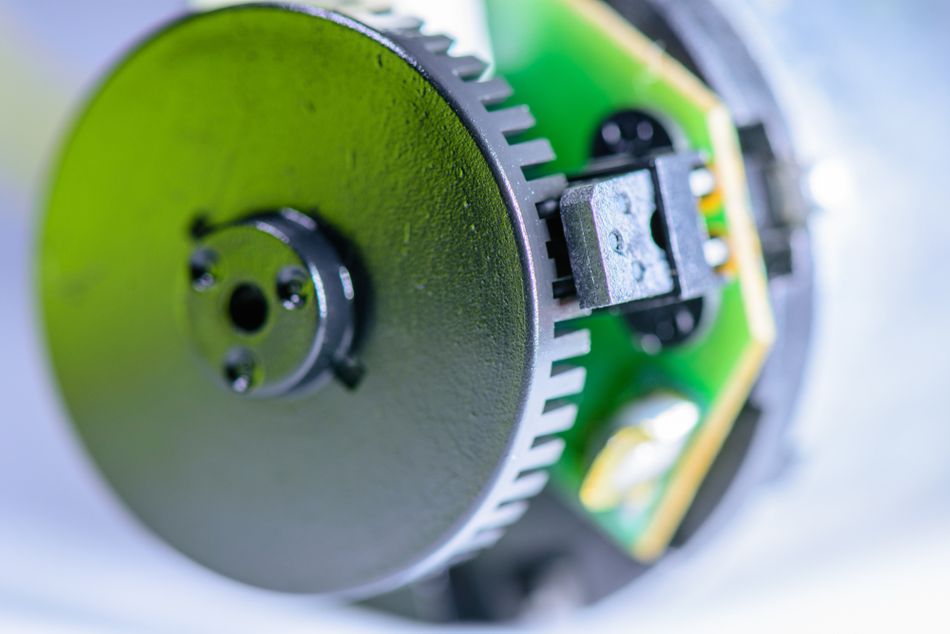
Rotary encoders can be further classified into incremental and absolute encoders. Incremental encoders provide relative angular position information by generating a series of pulses as the shaft rotates, while absolute encoders provide a unique position value for each shaft position, ensuring precise and repeatable measurements. [3]
Linear Encoders
Linear encoders measure the position along a straight path, making them ideal for applications that require precise linear motion control. They are often used in CNC machines, precision measuring instruments, and automated assembly lines.
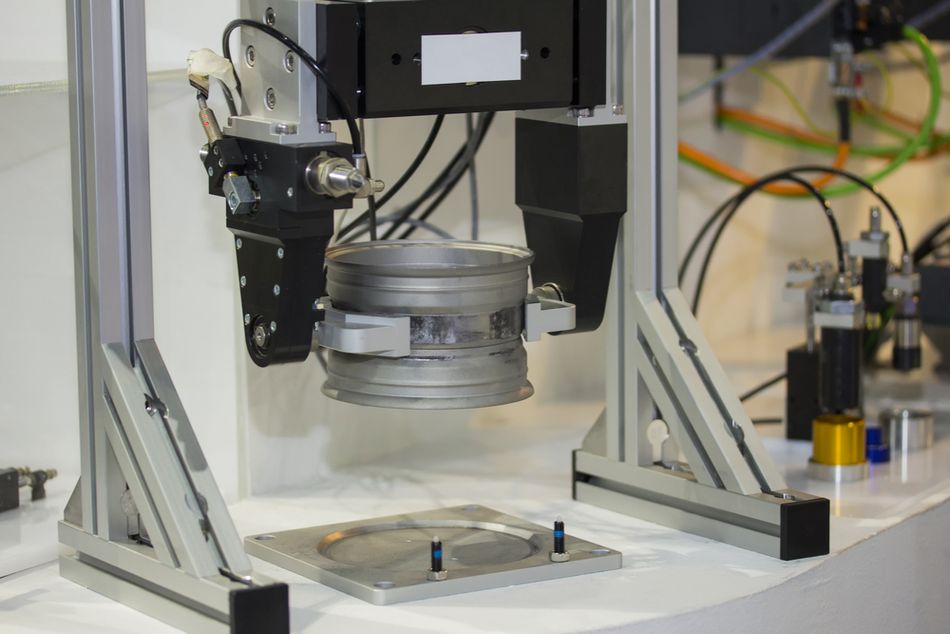
Linear encoders can be either optical or magnetic, depending on the sensing technology used. Optical linear encoders offer high resolution and accuracy, while magnetic linear encoders are known for their robustness in harsh environments.
Optical Encoders
Optical encoders use light to detect position changes, providing high resolution and accuracy. They are ideal for applications requiring precise measurements, such as semiconductor manufacturing and laboratory equipment.

Optical encoders can be either rotary or linear, depending on the application. The use of light allows for very fine detection of movement, making optical encoders suitable for environments where precision is paramount.
Magnetic Encoders
Magnetic encoders use magnetic fields to determine position, making them robust and capable of operating in harsh environments with dust, dirt, and moisture. They are commonly used in automotive applications, heavy machinery, and outdoor equipment.
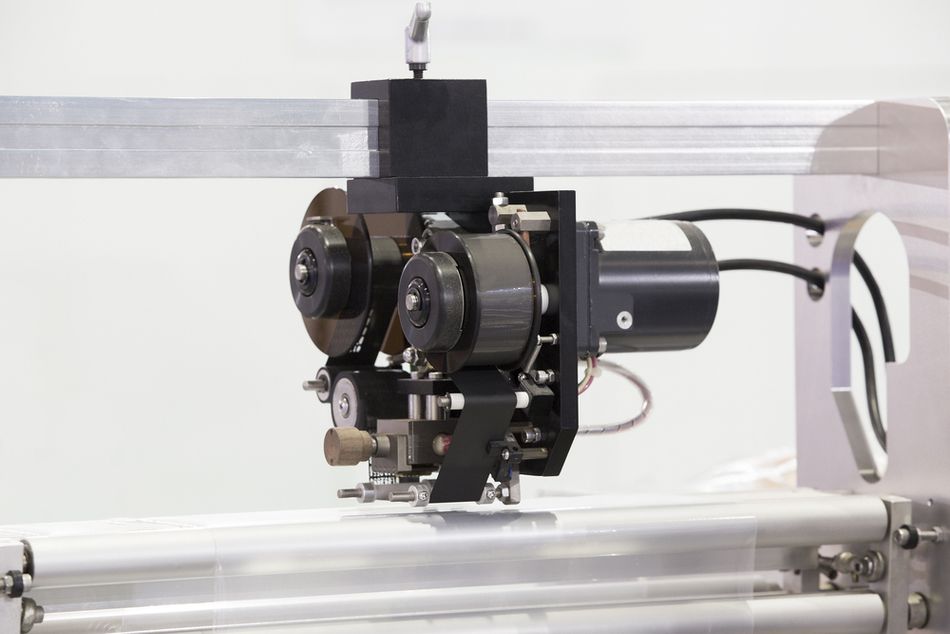
Magnetic encoders can be either rotary or linear and are valued for their durability and reliability in challenging conditions. Here's a brief difference between these main types:
| Type | Resolution | Accuracy | Typical Applications | Signal Output | Environmental Suitability |
| Rotary | High (up to 10,000 CPR) | High | Motor Feedback, Robotics, Automation | Digital Pulses, Analog | Indoor, Controlled Environments |
| Linear | High (up to 1 µm) | High | CNC Machines, Precision Instruments | Digital Pulses, Analog | Indoor, Controlled Environments |
| Optical | Very high (up to 20,000 CPR) | Very High | Semiconductor Manufacturing, Lab Equipment | Digital Pulses, Analog | Clean, Controlled Environments |
| Magnetic | Moderate (up to 1,024 CPR) | Moderate to High | Automotive, Heavy Machinery, Outdoor Equipment | Digital Pulses, Analog | Harsh, Outdoor Environments |
Each type of encoder has its unique advantages and is chosen based on the specific requirements of the application. For example, optical encoders are preferred for their high precision in clean environments, while magnetic encoders are selected for their durability in harsh conditions. ISO standards specify the mechanical dimensions, electrical characteristics, and environmental ratings of encoders. Understanding these differences helps in making informed decisions when selecting an encoder for a particular use case.
Recommended reading: Types of Sensors in Robotics
Recent Advancements in Encoder Technology
The world of encoders is constantly evolving, with engineers striving to enhance resolution, accuracy, functionality, and adaptability.
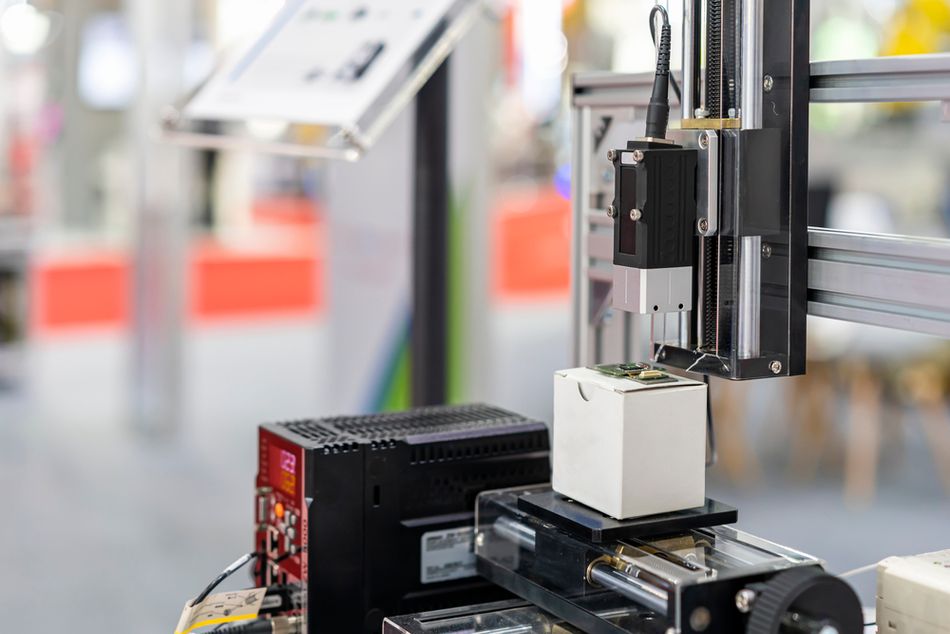
Here's a glimpse into some exciting advancements shaping the future of encoder design:
Miniaturization and Integration
The relentless push towards miniaturization has led to the development of incredibly compact encoders. These tiny marvels pack high resolution into a smaller footprint, making them ideal for space-constrained applications like robotics and micro-machining. Furthermore, integration with other components like motors and bearings is becoming increasingly common. This creates compact, self-contained motion control modules, simplifying design and installation processes.
Advanced Signal Processing and Interfacing
Modern encoders are no longer just passive sensors. They are incorporating sophisticated on-board signal processing capabilities. This allows for real-time error correction, noise filtering, and improved signal quality. Additionally, advancements in communication protocols like BiSS-C (Bidirectional Synchronous Serial Communication) and Industrial Ethernet enable seamless integration with modern control systems. [4] This facilitates faster data transfer and improved control loop performance.
Advanced Materials and Manufacturing Techniques
Innovation extends to the materials used in encoder construction. Emerging materials like gallium nitride (GaN) based LEDs offer superior light output and efficiency compared to traditional LEDs, leading to higher-resolution encoders. Similarly, advancements in 3D printing and microfabrication techniques allow for the creation of intricate code disks with finer patterns, further pushing the boundaries of achievable resolution.
Wireless Encoders
The need for cleaner and more flexible machine layouts has fueled the development of wireless encoders. These encoders transmit data wirelessly, eliminating the need for cumbersome cables. This not only simplifies installation and maintenance but also reduces the risk of cable snags and wear in dynamic environments like robotics. Protocols like Bluetooth Low Energy (BLE) offer a balance between power consumption and data transmission rate, making them suitable for battery-powered applications.
Integrating encoders with artificial intelligence (AI) for real-time anomaly detection and self-diagnostics is a potential future direction. Additionally, advancements in nanotechnology could lead to the development of ultra-high-resolution encoders capable of measuring movement on an atomic scale. These innovations in encoder design and technology are driving significant improvements in various industries, making systems more accurate, reliable, and efficient.
Recommended reading: What Is Artificial Intelligence and How Does It Work?
Common Challenges in Using Encoders
Here are some common challenges encountered when using encoders:
Environmental Factors
Temperature Extremes: Encoders can be sensitive to extreme temperatures, which can affect their accuracy or even cause them to malfunction. This is especially true for optical encoders, where temperature fluctuations can impact the light source and sensor performance.
Contamination: Dust, dirt, oil, and other contaminants can interfere with the operation of encoders, particularly those with exposed sensing elements. This can lead to signal errors and reduced accuracy.
Vibration and Shock: Excessive vibration or shock can damage the encoder's internal components or disrupt the signal transmission, compromising its ability to provide reliable data.
Signal Integrity Issues
Electrical Noise: Electrical noise from motors, power supplies, or other devices can interfere with the encoder's signal, leading to data errors and inconsistencies. Proper grounding and shielding techniques are crucial to mitigate this issue.
Cable Problems: Damaged or loose cables can cause signal degradation or even complete loss of communication with the encoder. Careful cable selection, installation, and maintenance are essential.
Resolution and Accuracy Limitations
Choosing the Right Resolution: Selecting an encoder with insufficient resolution can lead to missed details or inaccurate measurements. Understanding the required level of detail in your application is critical for choosing the optimal encoder.
Calibration and Maintenance: Encoders may require periodic calibration to maintain their accuracy over time. Wear and tear on the encoder components can also affect its performance, necessitating maintenance or replacement.
Cost Considerations
High-resolution encoders can be significantly more expensive than their lower-resolution counterparts. Finding the right balance between cost and performance for your specific application is important.
By understanding these common challenges and carefully considering the application requirements, you can select the appropriate encoder and implement it effectively to achieve reliable and accurate motion control in your system.
Integration with Modern Systems
Encoders are increasingly being integrated with modern systems such as the Internet of Things (IoT), automation, artificial intelligence (AI), and machine learning. This integration enhances the functionality and efficiency of various applications by providing precise and real-time data. By embedding encoders into these advanced systems, industries can achieve unprecedented levels of automation and intelligence.
Examples of Industries Benefiting from Integration
Manufacturing: In smart factories, encoders are integrated with IoT devices to monitor and control machinery, leading to improved efficiency and reduced downtime. For instance, predictive maintenance systems use data from encoders to anticipate equipment failures before they occur, minimizing disruptions.
Healthcare: Medical devices use encoders integrated with AI to provide accurate diagnostics and treatment options. Robotic surgery systems, for example, rely on high-precision encoders to ensure the precise movement of surgical instruments.
Automotive: Advanced driver-assistance systems (ADAS) in vehicles use encoders integrated with machine-learning algorithms to enhance safety features. [5] These systems can process real-time data from encoders to make split-second decisions, improving vehicle safety and performance.
Consumer Electronics: Smart home devices use encoders to provide seamless user experiences through automation and real-time feedback. For example, smart thermostats use encoders to adjust temperature settings based on user preferences and environmental conditions.
Steps of Integration
Identify Requirements: Determine the specific needs of the application, such as resolution, accuracy, and environmental conditions.
Select Appropriate Encoder: Choose an encoder that meets the identified requirements.
Establish Communication Protocols: Set up data communication protocols such as CAN, Ethernet, or wireless communication to ensure compatibility with the system.
Integrate with Control Systems: Connect the encoder to the control system, ensuring proper data flow and synchronization.
Implement Data Processing Algorithms: Use AI or machine learning algorithms to process the data collected by the encoder for real-time decision-making.
Test and Validate: Conduct thorough testing to ensure the integrated system functions correctly and meets performance standards.
Technical Aspects of Integration
Data Communication Protocols: Encoders can communicate using various protocols such as CAN, Ethernet, and wireless communication. The choice of protocol depends on the application requirements and system compatibility. For example, industrial automation systems often use Ethernet for its high-speed data transfer capabilities.
System Compatibility: Ensuring that the encoder is compatible with the existing control systems and software is crucial for seamless integration. This may involve updating firmware or software to support new features. Compatibility checks help prevent integration issues that could disrupt system operations.
Real-time Data Processing: Integrating encoders with AI and machine learning platforms allows for real-time data processing and decision-making. This is particularly important in applications requiring immediate responses, such as autonomous vehicles and industrial automation. Real-time processing ensures that systems can react swiftly to changing conditions.
Examples of Specific Technologies or Platforms
IoT Platforms: Platforms like AWS IoT and Microsoft Azure IoT provide tools for integrating encoders with cloud-based systems, enabling remote monitoring and control. These platforms offer robust data analytics capabilities, enhancing the value of the data collected by encoders.
AI and Machine Learning: TensorFlow and PyTorch are popular platforms for developing AI algorithms that can process data from encoders to make intelligent decisions. [6] These platforms support the creation of sophisticated models that can predict and optimize system performance.
Automation Systems: PLCs (Programmable Logic Controllers) and SCADA (Supervisory Control and Data Acquisition) systems are commonly used in industrial automation to integrate and control encoders. These systems provide a reliable framework for managing complex automation tasks.
By integrating encoders with modern systems, industries can achieve higher levels of precision, efficiency, and automation, driving innovation and improving overall performance.
Practical Applications and Use Cases
Industrial Automation
Encoders play a crucial role in industrial automation by providing precise feedback on position, speed, and direction, essential for the accurate control of machinery and processes. These devices convert mechanical motion into electrical signals that can be interpreted by control systems, ensuring that operations run smoothly and efficiently.
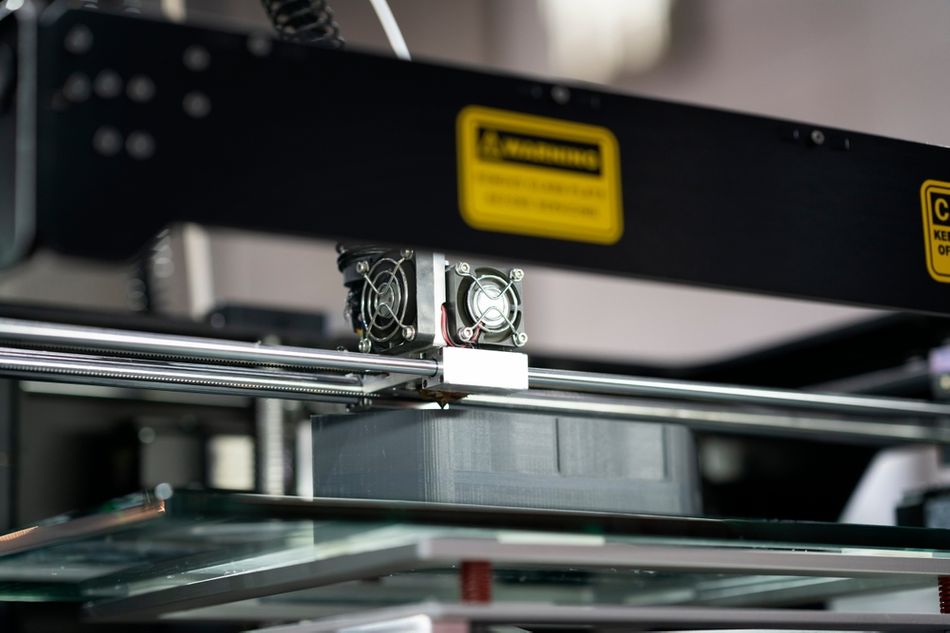
In CNC (Computer Numerical Control) machines, encoders are used to monitor the absolute position of the cutting tool and the workpiece. Machine tools use encoders to control the position of the axes of the machine. This precise feedback allows the machine to make accurate cuts and shapes, ensuring high-quality production. For example, in a CNC milling machine, rotary encoders track the rotation of the spindle, while linear encoders monitor the movement of the table. This level of precision is critical in industries such as aerospace and automotive manufacturing, where even minor deviations can lead to significant issues.

Conveyor systems also benefit from the use of encoders. By providing real-time feedback on the position and speed of the conveyor belt, encoders help maintain consistent product flow and prevent jams. In a packaging plant, for instance, encoders ensure that products are correctly spaced and aligned for packaging, reducing errors and increasing throughput. This is particularly important in high-speed production environments where efficiency and accuracy are paramount.
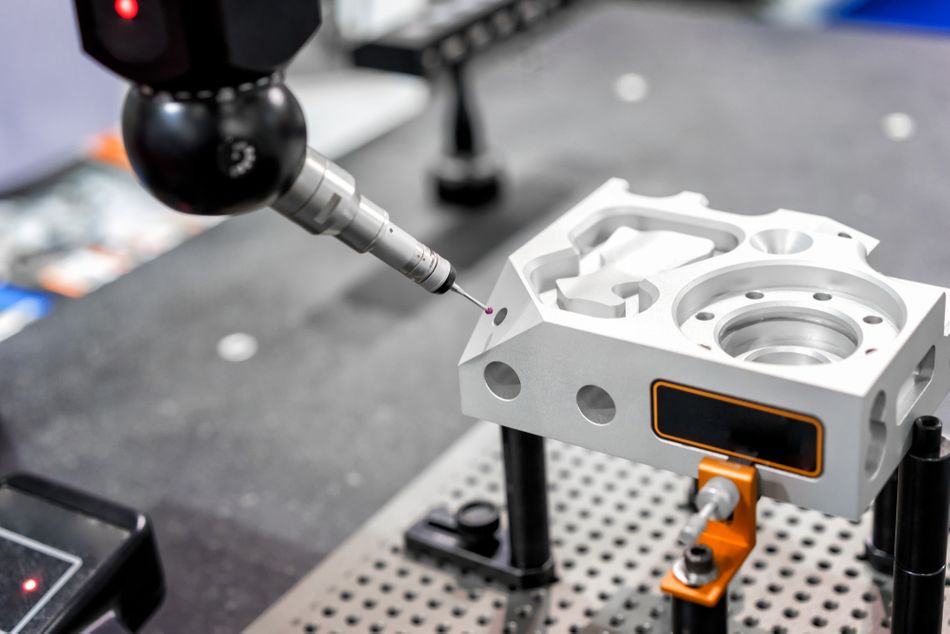
Robotic arms in manufacturing rely heavily on encoders for precise movement and positioning. Encoders provide feedback on the joint angles and the position of the end effector, allowing the robot to perform tasks such as assembly, welding, and painting with high accuracy. Multi-turn encoders can track the position of a shaft over multiple revolutions. This is important for applications where the motor shaft can rotate many times, such as in a rotary table or a robot arm. In an automotive assembly line, robotic arms equipped with encoders can install components with precision, improving the overall quality and efficiency of the production process.
Benefits of using encoders in automation include:
Increased Precision: Encoders provide accurate feedback, enabling precise control of machinery.
Enhanced Efficiency: Real-time data from encoders helps optimize operations and reduce downtime.
Improved Quality: Consistent and accurate feedback ensures high-quality production.
Reduced Maintenance: Monitoring system performance with encoders can predict and prevent failures.
Encoders elevate system performance and efficiency through high-resolution feedback, which is critical for fine-tuning machine operations. By detecting minute variations in position and speed, they enable real-time adjustments, enhancing automated system accuracy and reliability. Furthermore, integration with control systems empowers real-time monitoring and diagnostics, further improving operational efficiency.
By leveraging the capabilities of encoders, industrial automation systems can achieve higher levels of precision, efficiency, and reliability, driving productivity and innovation in manufacturing processes.
Recommended Reading: Understanding Industrial Automation: A Comprehensive Guide
Conclusion
Encoders are key components in modern technology, playing a vital role across various industries. They provide precise feedback on position, speed, and direction, enabling accurate control and automation of systems. From industrial automation and robotics to healthcare and consumer electronics, encoders enhance efficiency, precision, and reliability.
The future of encoder technology looks promising, with ongoing advancements in resolution, processing speeds, and integration with other technologies such as AI and IoT. These developments will continue to drive innovation, making systems smarter and more autonomous. As encoders evolve, they will open up new possibilities and applications, further solidifying their importance in the technological landscape.
Frequently Asked Questions
Q. What are the main types of encoders?
A. Encoders come in various types, each suited for specific applications and environments. The main types of encoders include rotary encoders, linear encoders, optical encoders, and magnetic encoders.
Q. How do encoders improve automation systems?
A. Encoders enhance the efficiency and accuracy of automation systems by providing precise feedback on position, speed, and direction. This feedback allows for real-time adjustments and control, improving overall system performance. Encoders are used widely in CNC machines, conveyor systems, and robotic arms.
Q. What are the common challenges in using encoders?
A. Using encoders can present several challenges, including signal interference, environmental factors, and precision limitations. It is necessary to regularly inspect and maintain encoders to identify and address issues promptly. Consider watching the tutorials, and checking the warranty while using encoders.
References
[1] Encoder. What is an Encoder? [Cited 2024 June 06] Available at: Link
[2] Techbriefs. Resolution, Accuracy, and Precision of Encoders [Cited 2024 June 06] Available at: Link
[3] Realpars. What is the Difference between Absolute and Incremental Encoders? [Cited 2024 June 06] Available at: Link
[4] Encoder. BiSS – Bidirectional interface for Serial / Synchronous [Cited 2024 June 06] Available at: Link
[5] IJRPR. Advanced Driver Assistance System Using Machine Learning [Cited 2024 June 06] Available at: Link
[6] OpenCV. PyTorch vs TensorFlow in 2024: A Comparative Guide of AI Frameworks [Cited 2024 June 06] Available at: Link
Table of Contents
IntroductionFoundational Concepts of EncodersWhat is an Encoder?Types of EncodersRotary EncodersLinear EncodersOptical EncodersMagnetic EncodersRecent Advancements in Encoder TechnologyMiniaturization and IntegrationAdvanced Signal Processing and InterfacingAdvanced Materials and Manufacturing TechniquesWireless EncodersCommon Challenges in Using EncodersEnvironmental FactorsSignal Integrity IssuesResolution and Accuracy LimitationsCost ConsiderationsIntegration with Modern SystemsExamples of Industries Benefiting from IntegrationSteps of IntegrationTechnical Aspects of IntegrationExamples of Specific Technologies or PlatformsPractical Applications and Use CasesIndustrial AutomationConclusionFrequently Asked QuestionsReferences